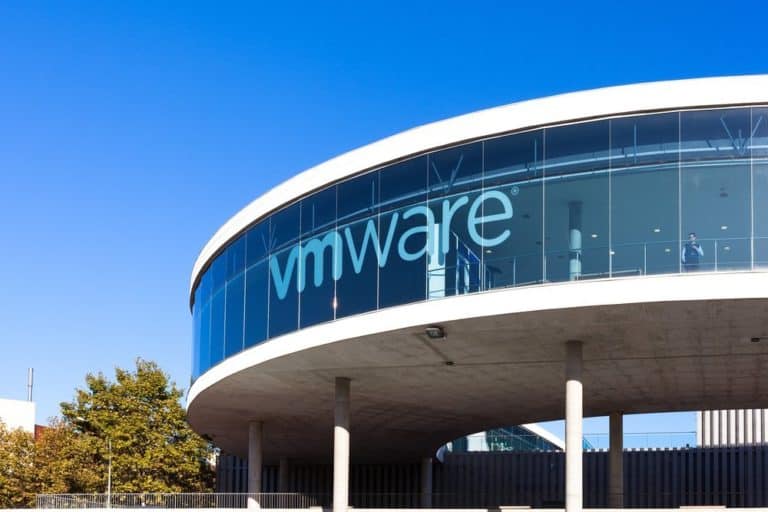VMware claims to have rolled out the most significant upgrade ever to its NSX network virtualisation software. With the upgrade, the network is disconnected from the VMware hypervisor, reports Silicon Angle. Hypervisor is the software that runs virtual machines.
NSX-T Data Center 2.4 and NSX Cloud now run on Infrastructure-as-a-Service platforms from Amazon Web Services (AWS), Microsoft and IBM, as well as VMware’s own hybrid cloud and on-premise products.
With the upgrade, the company is fully committed to hybrid cloud and multi-client environments. It is part of what the company calls the ‘Virtual Cloud Network’, in which NSX is part of an ‘important software layer from data center to cloud to edge infrastructure’.
The network virtualization platform will now be added to the entire VMware portfolio, including Cloud Foundation, Cloud on AWS, Enterprise Pivotal Container Service and vCloud Network Function Virtualization. It will also be part of AWS Outposts, the recently announced on-premise version of Amazon’s cloud stack.
NSX everywhere
The goal of the upgrade and disconnection is to make the task of maintaining and managing networks on-premise as easy as it is in the public cloud, said Tom Gillis, senior vice president of networking and security at VMware. “In the public cloud, developers can click a button and launch a workload. That speed is driven by software. We bring that same level of automation to the data center.”
One of the most significant features of the new version is simplified installation. According to the company, this reduces the task of maintaining a software-defined network from days to minutes. Modules built with the Ansible open-source configuration management toolkit enable the automation of installation workflows.
A new HTML5-based user interface has also been added to reduce the number of clicks and page changes when completing configuration tasks.
Security
According to VMware, companies can develop applications faster because no overhead is required and developers can handle their own deployment, with limits set by policies. In addition, security is enhanced by enabling organizations to create policies at the application level, without having to configure individual devices.
This news article was automatically translated from Dutch to give Techzine.eu a head start. All news articles after September 1, 2019 are written in native English and NOT translated. All our background stories are written in native English as well. For more information read our launch article.